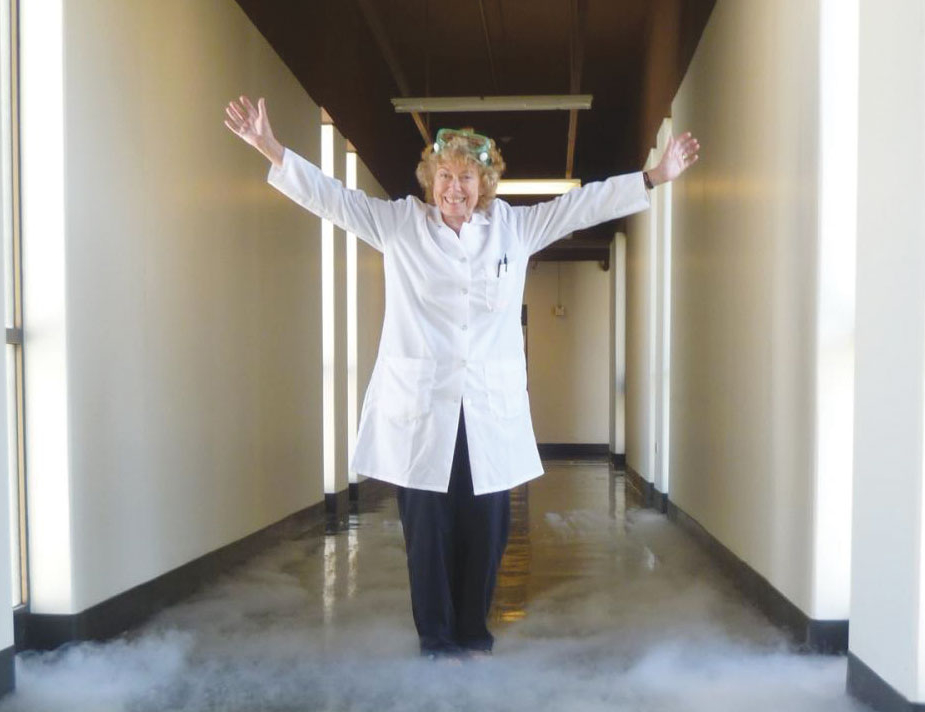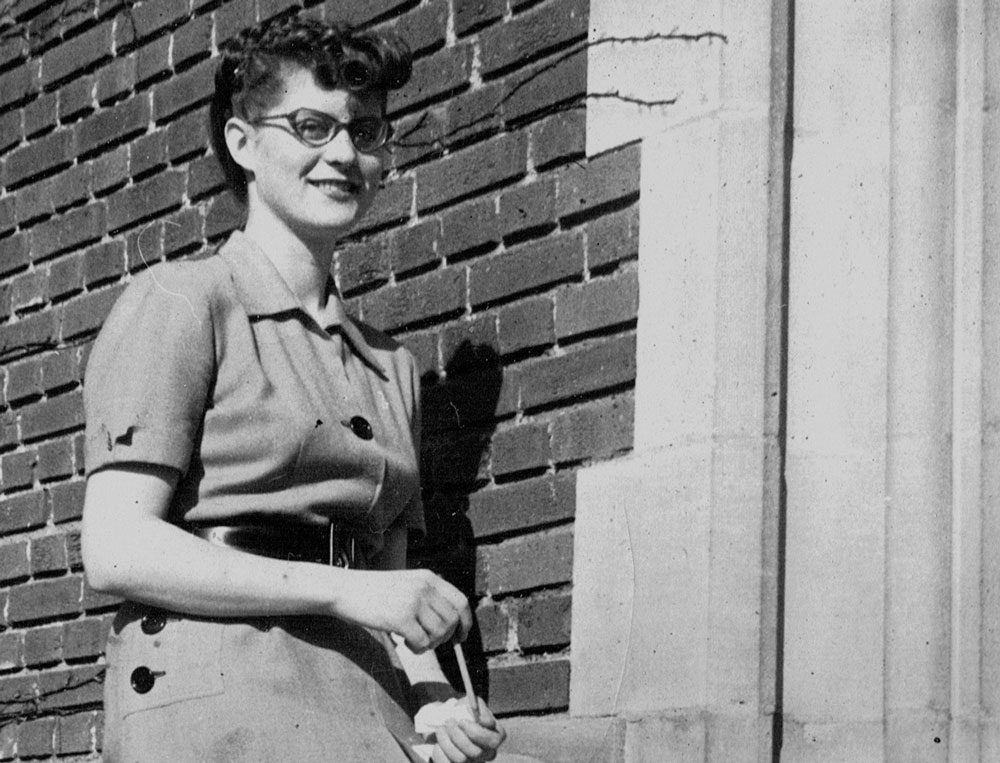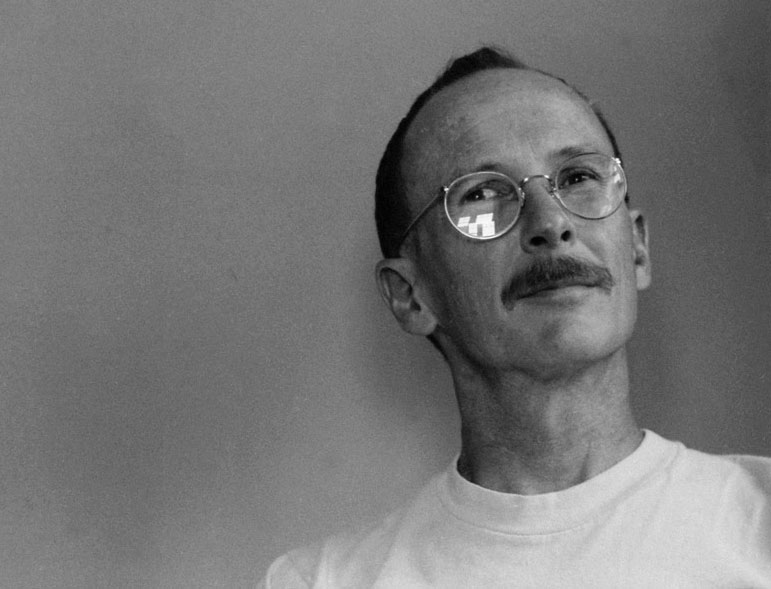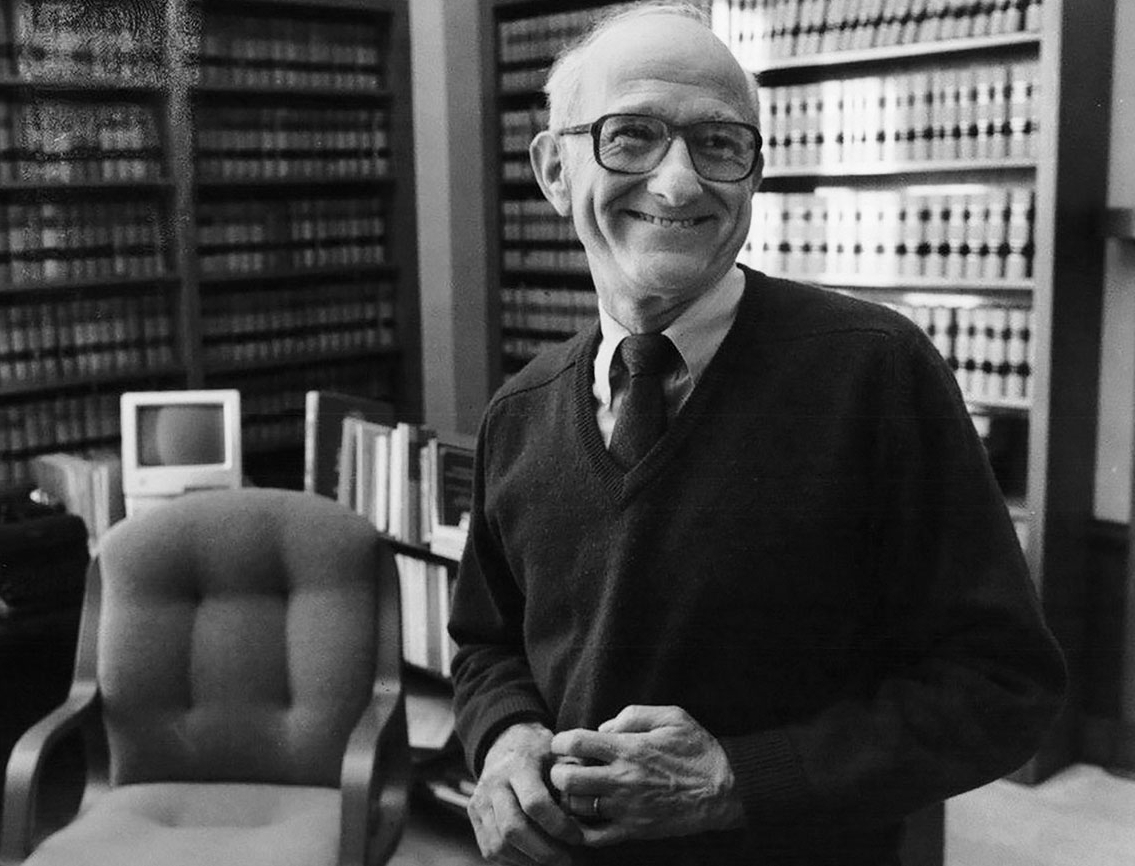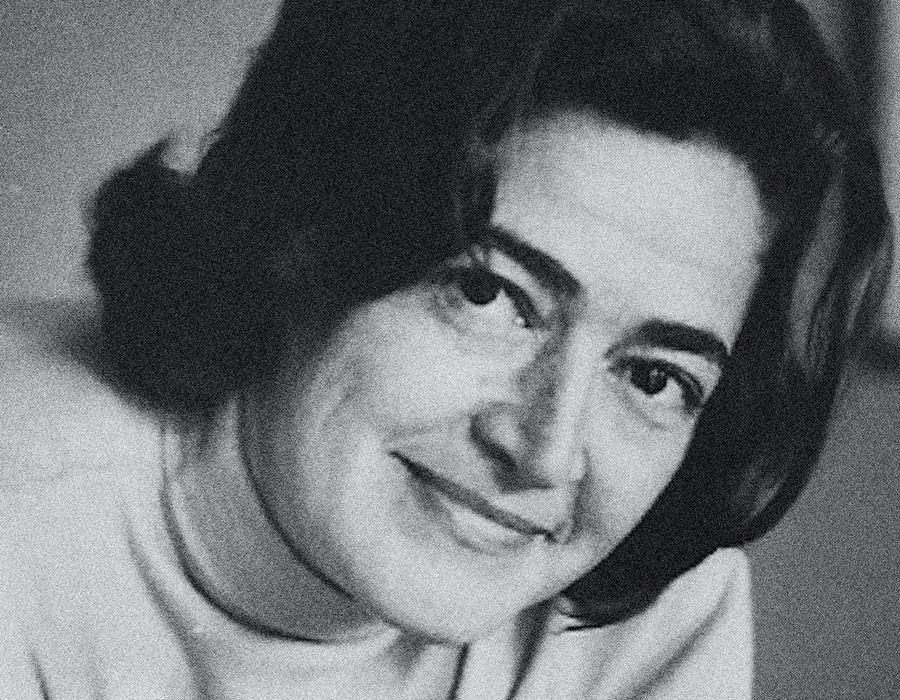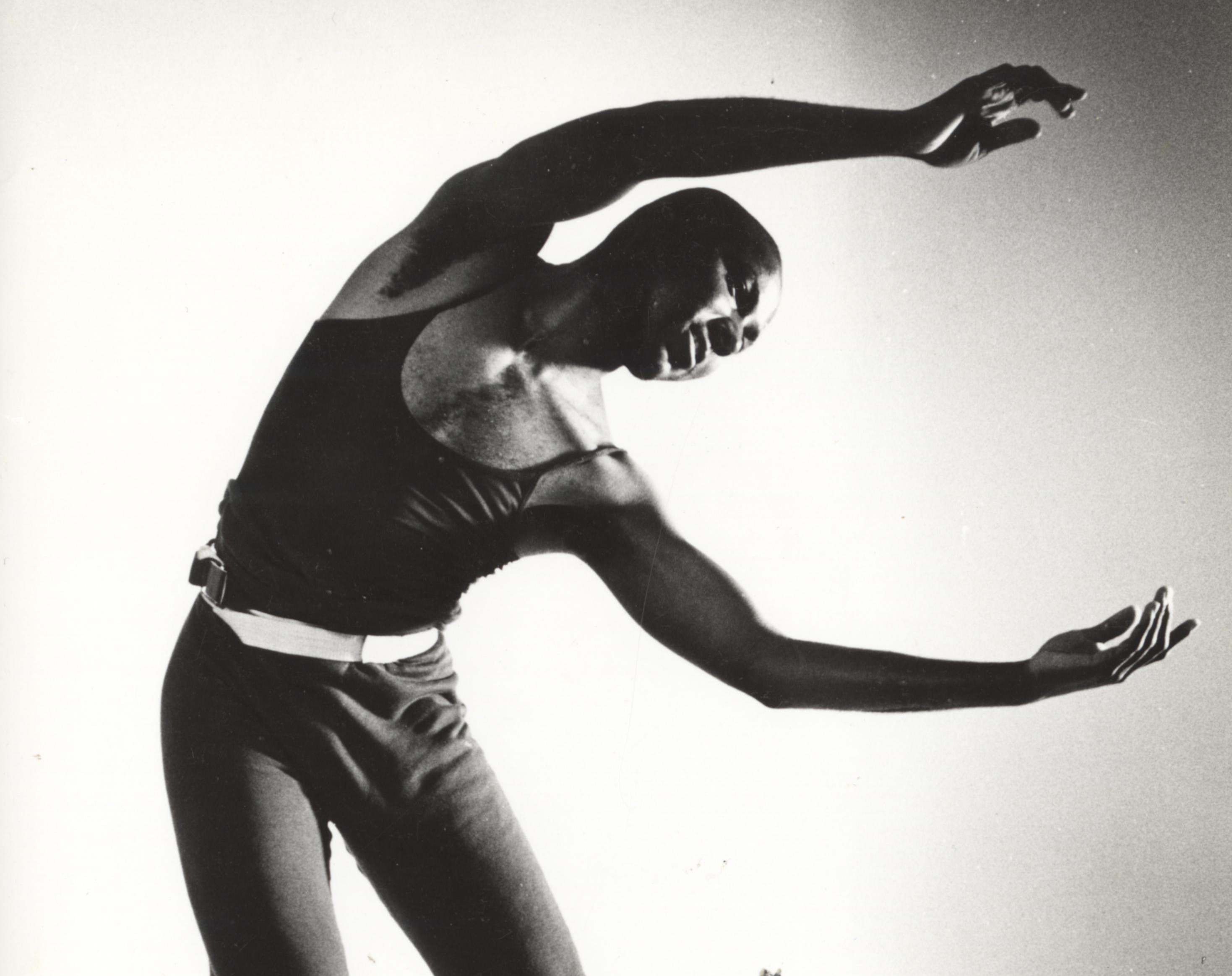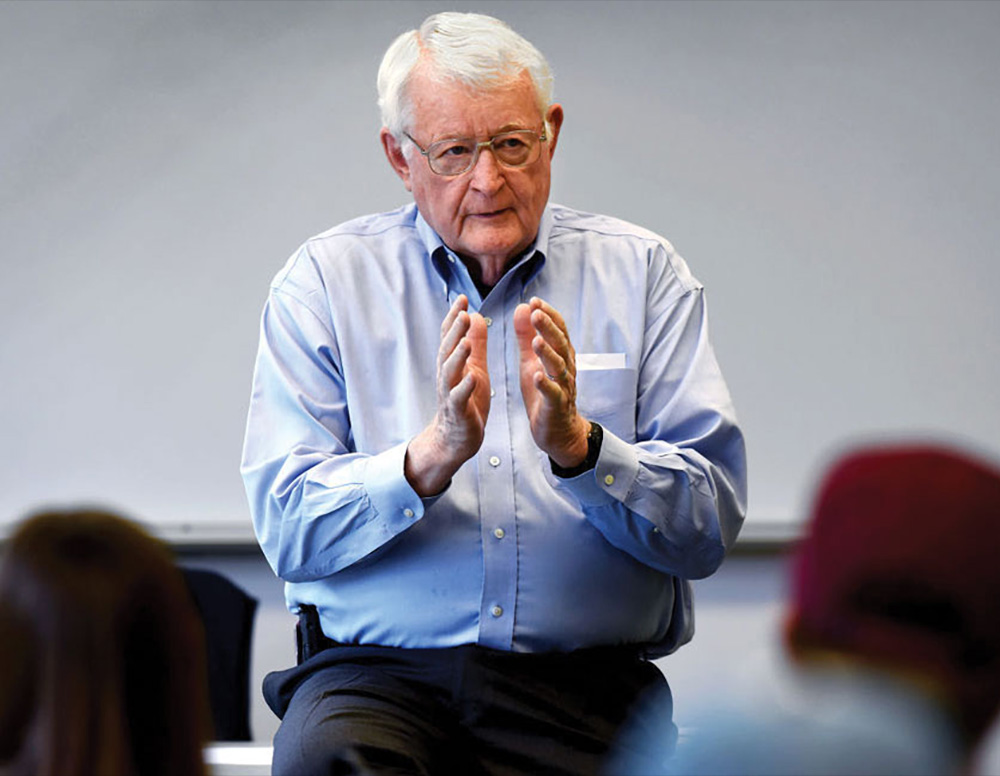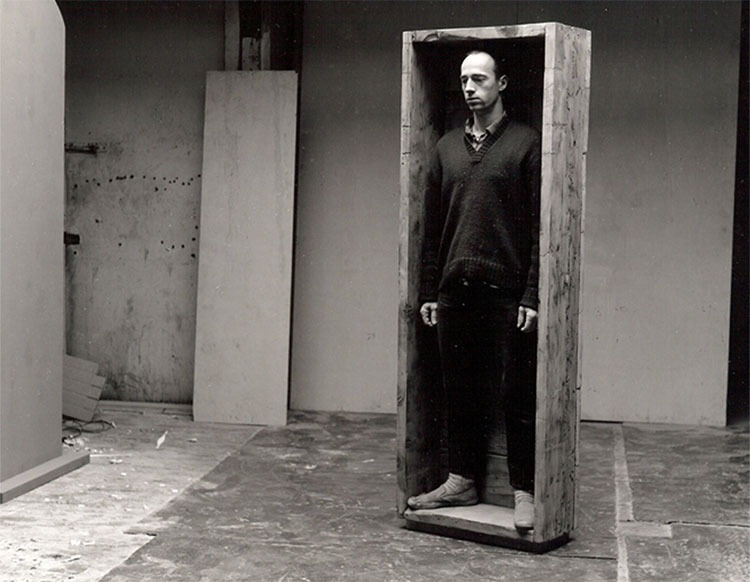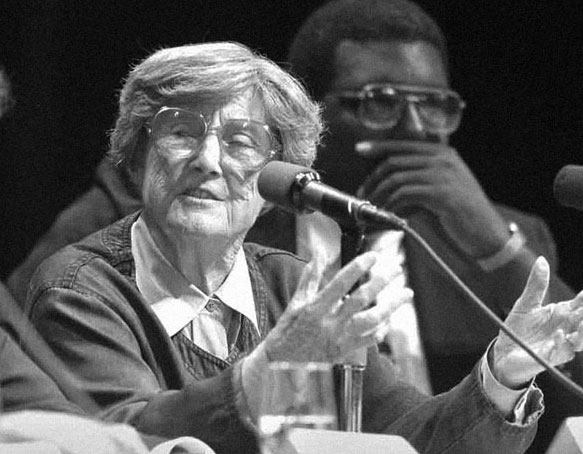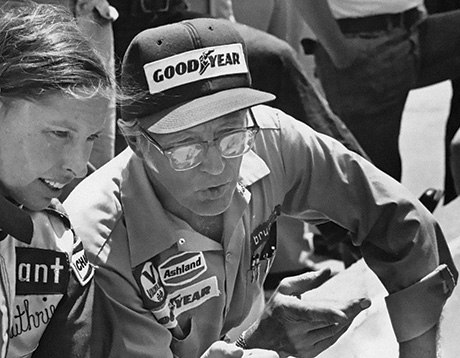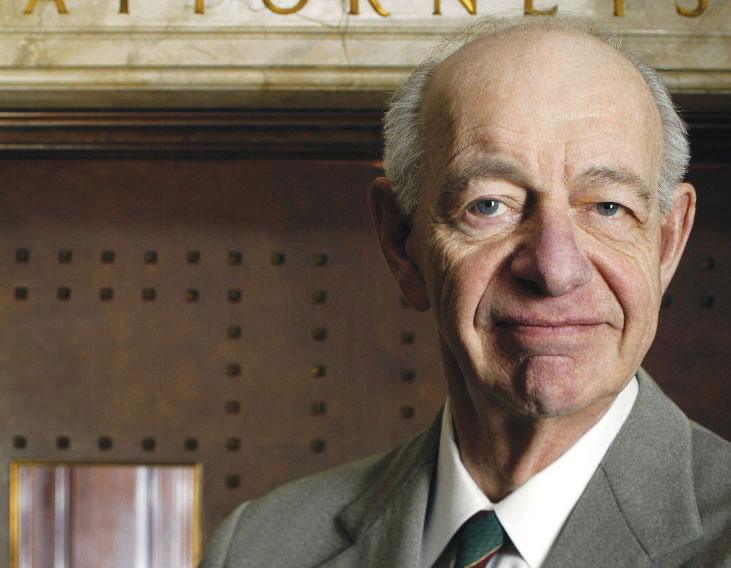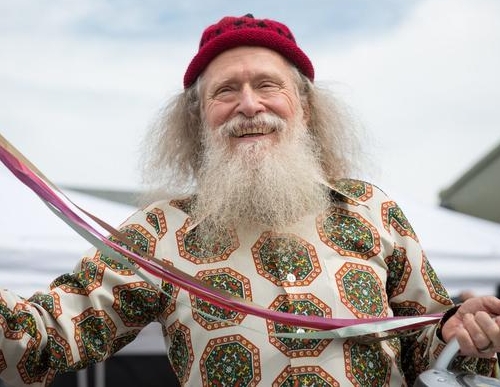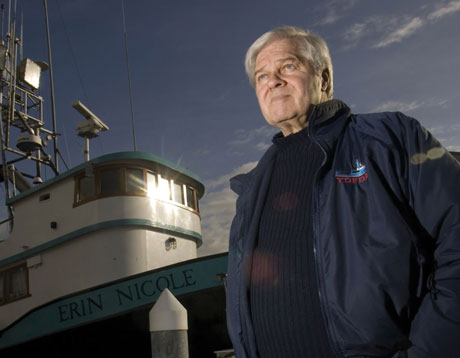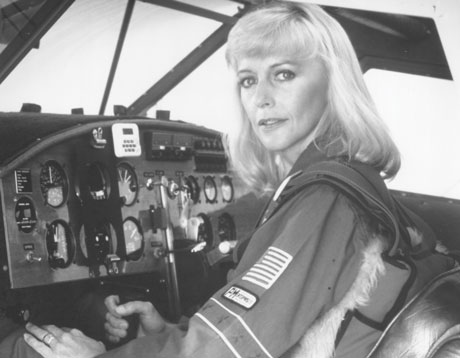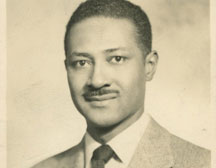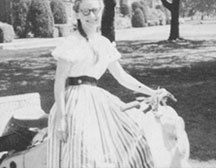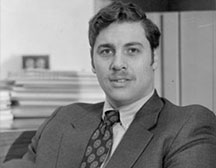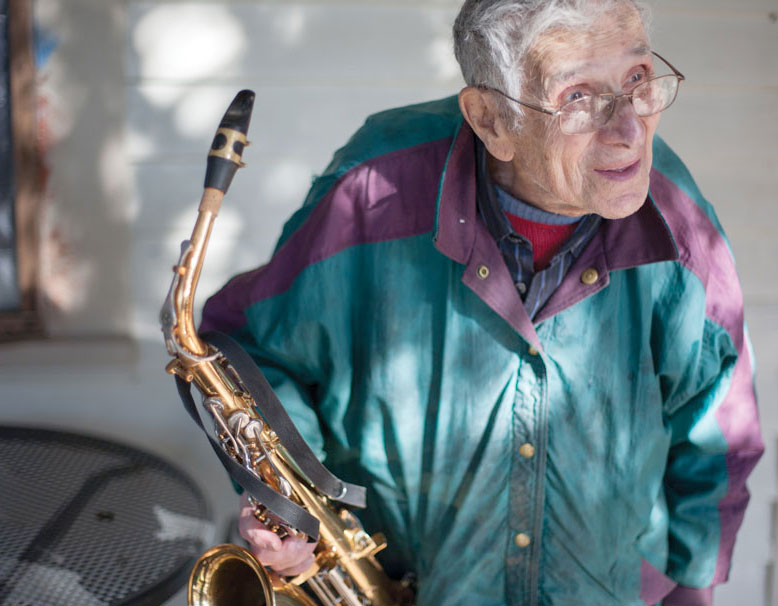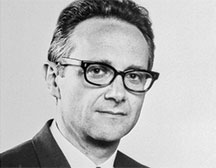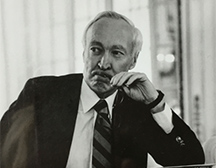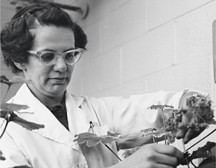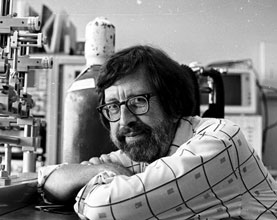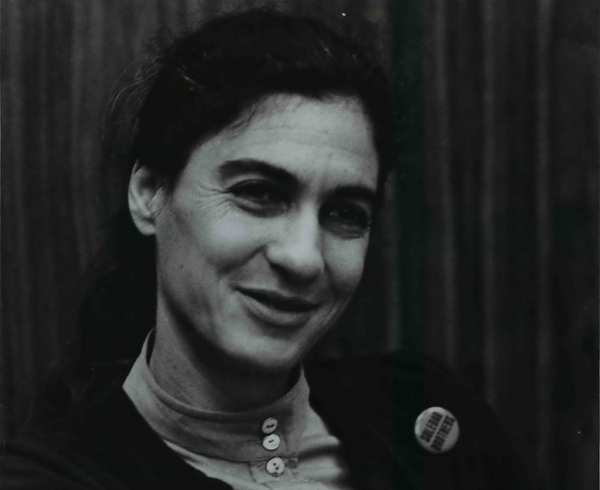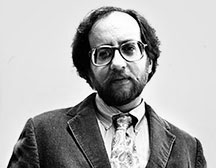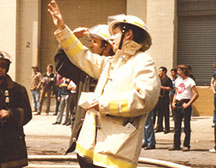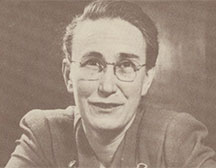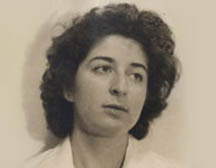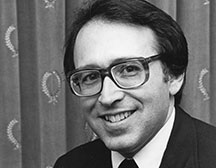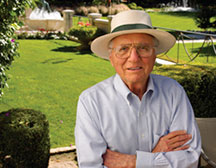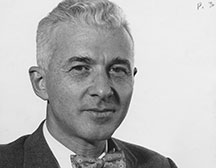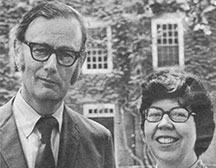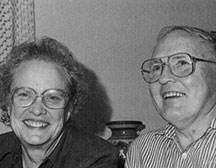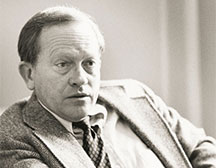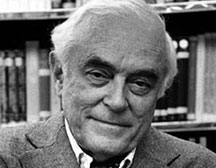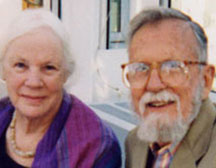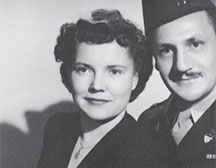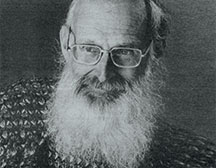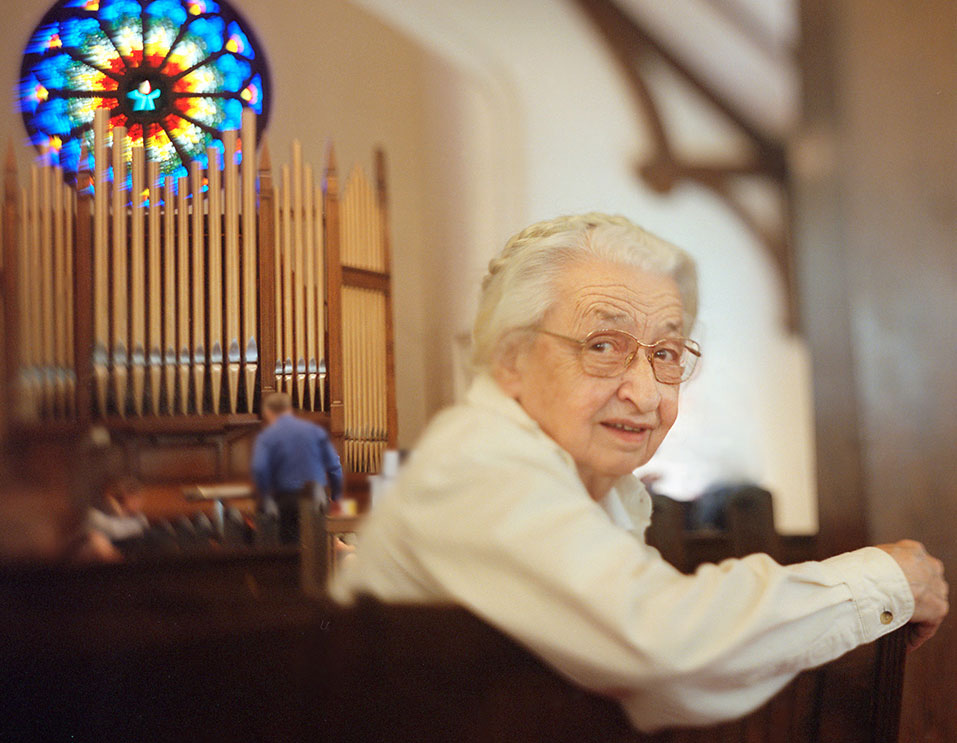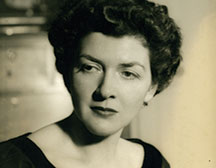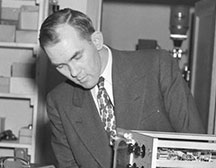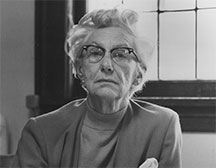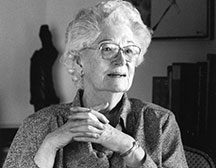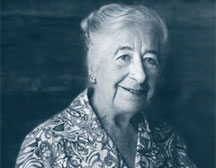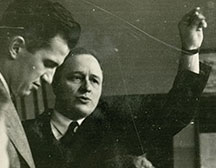Hell on Wheels
Rolla Vollstedt ’40
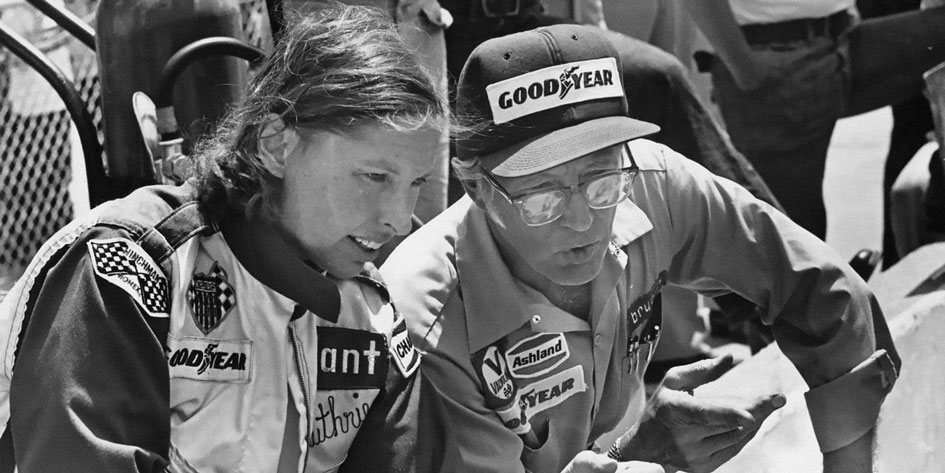
Rolla Vollstedt, widely considered one of the most influential race car designers of the 20th century, died in Portland at the age of 99. He pioneered the concept of putting the engine in the rear of the car—now a standard design element—and helped develop aerodynamic wings used to improve traction on open-wheeled cars. He also made history by hiring the first woman racing driver to qualify for the Indianapolis 500. Rolla later said that having Janet Guthrie drive his car was probably the high point of his career.
Rolla was born in Hutton, Alberta, Canada, and moved with his family to Portland. He graduated from Benson High School and started at Reed, intending to become a doctor. “Reed and my experiences there will always have a high spot in my life and mind,” he said. He attended Reed for three years while working for the Frank Costanzo Speed Shop, honing his skills with hot rods and performance cars. With America’s entry into World War II, he was drafted into the army. As an infantry staff sergeant and squad leader, he took part in the D-Day assault on Omaha Beach in Normandy on June 6, 1944. His division went through France to Germany, and on two separate occasions in one month he was wounded; he was awarded two Purple Hearts. After the war, he joined the coast guard and worked in the lumber industry.
Rolla’s interest in cars led him to begin racing hot rods on the old Portland Speedway oval track in North Portland. His legendary career as a race car designer began in 1948, when he used the shell of a 1925 Ford roadster and bored out the cylinder block to make room for aluminum heads, a custom manifold, and a converted ignition from a Lincoln Zephyr. He won the Pacific Northwest championship that year and the next. He began building cars and teamed with local driver Len Sutton to build a reputation as the region’s top race car designer. From 1947 to 1955, the two teamed up to dominate the roadster and sprint-car circuits in the Pacific Northwest.
“We made some great cars, and I’m really proud of the work that we did,” Rolla said.
In 1963, defying decades of dominance by front-engine cars, he built a car with an Offenhauser engine mounted behind the driver. Critics scoffed—until Rolla’s car clocked 152 mph. His car did not win the Indy 500, but it proved that the concept was sound. The rear engine is now a standard Formula I design element.
In 1977, Rolla called Janet Guthrie, an aerospace engineer turned racing driver who was building her own engines, to ask if she would test a car he had designed for the Indy 500.
“I had no house, only a used-up race car, no money, no jewelry, no husband,” she said. “Then the phone rings and a man I had never heard of asks me if I want to take a test in an Indy car.”
Considered a distraction, women weren’t even allowed in the Indy garage area until 1971. “Racing needed a woman at Indy,” Rolla said, “and I needed a driver. That’s one of the reasons I went after a woman who would call attention to the team.” Together, they made history.
Passionate, articulate, and outspoken, he was a high-profile member of the board of directors for the United States Auto Club, the sanctioning body for the Indianapolis 500 race, and aficionados came from around the globe to ogle the engines he was putting together in his garage. Rolla won many awards participating in the Indianapolis 500 races, and as he once said, “I probably am the only exReed student to be inducted into the Oregon Sports Hall of Fame.”
Rolla’s wife of 66 years, Irene, died in 2010. He is survived by his sons, Kurt and Bruce.
Appeared in Reed magazine: March 2018
comments powered by DisqusFrom the Archives: The Lives they Led

Jeanne Knepper ’69
The First Openly Gay Woman to Be Ordained and Appointed Within the Oregon-Idaho Conference of the United Methodist Church

William Haden
As Acting President of Reed, He Strengthened the College's Finances and Alumni Relations
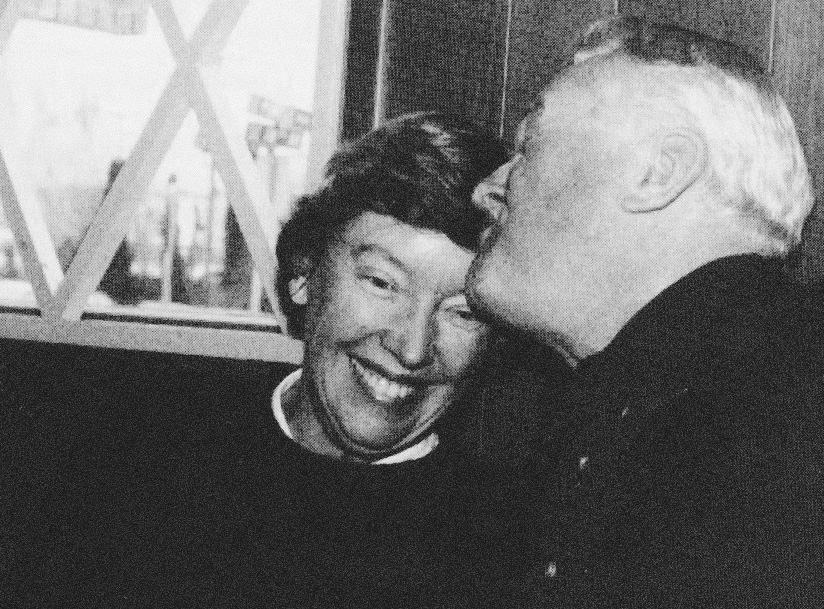
Nancy Horton Bragdon
Reed’s First Lady Whose Warmth and Leadership Were Invaluable During a Turbulent Time





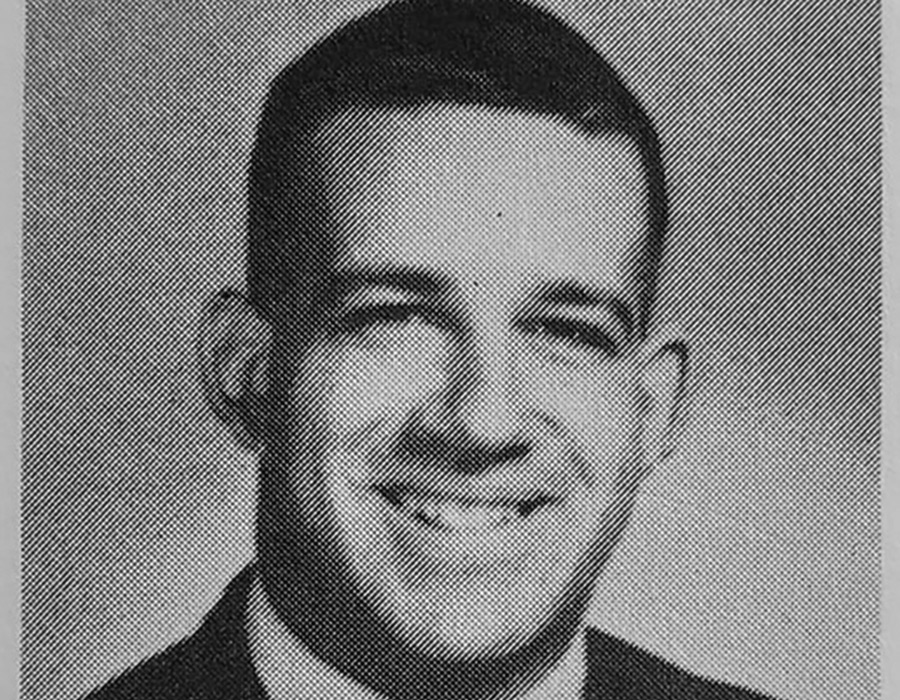




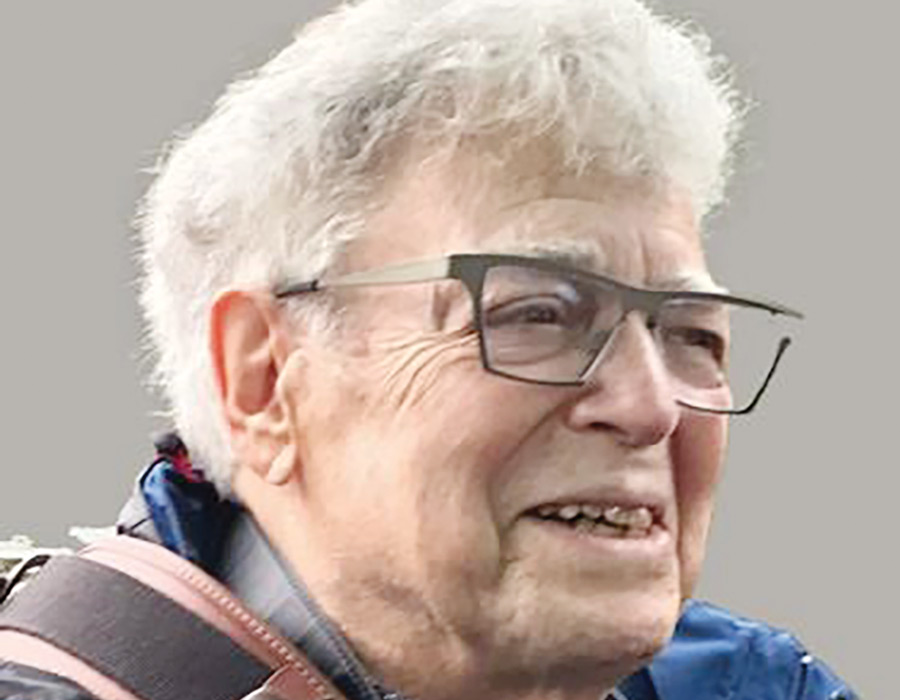

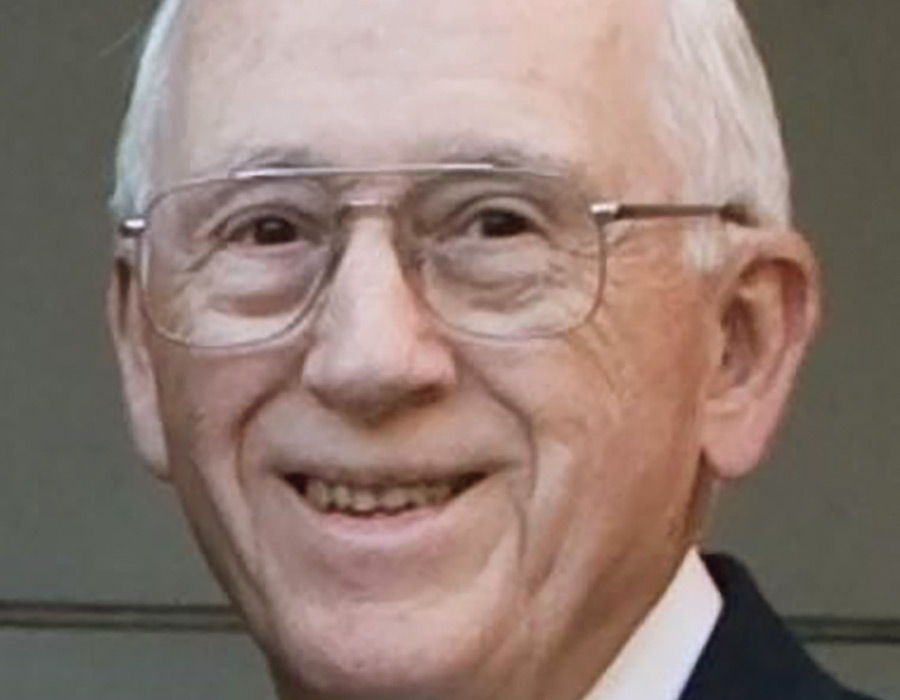

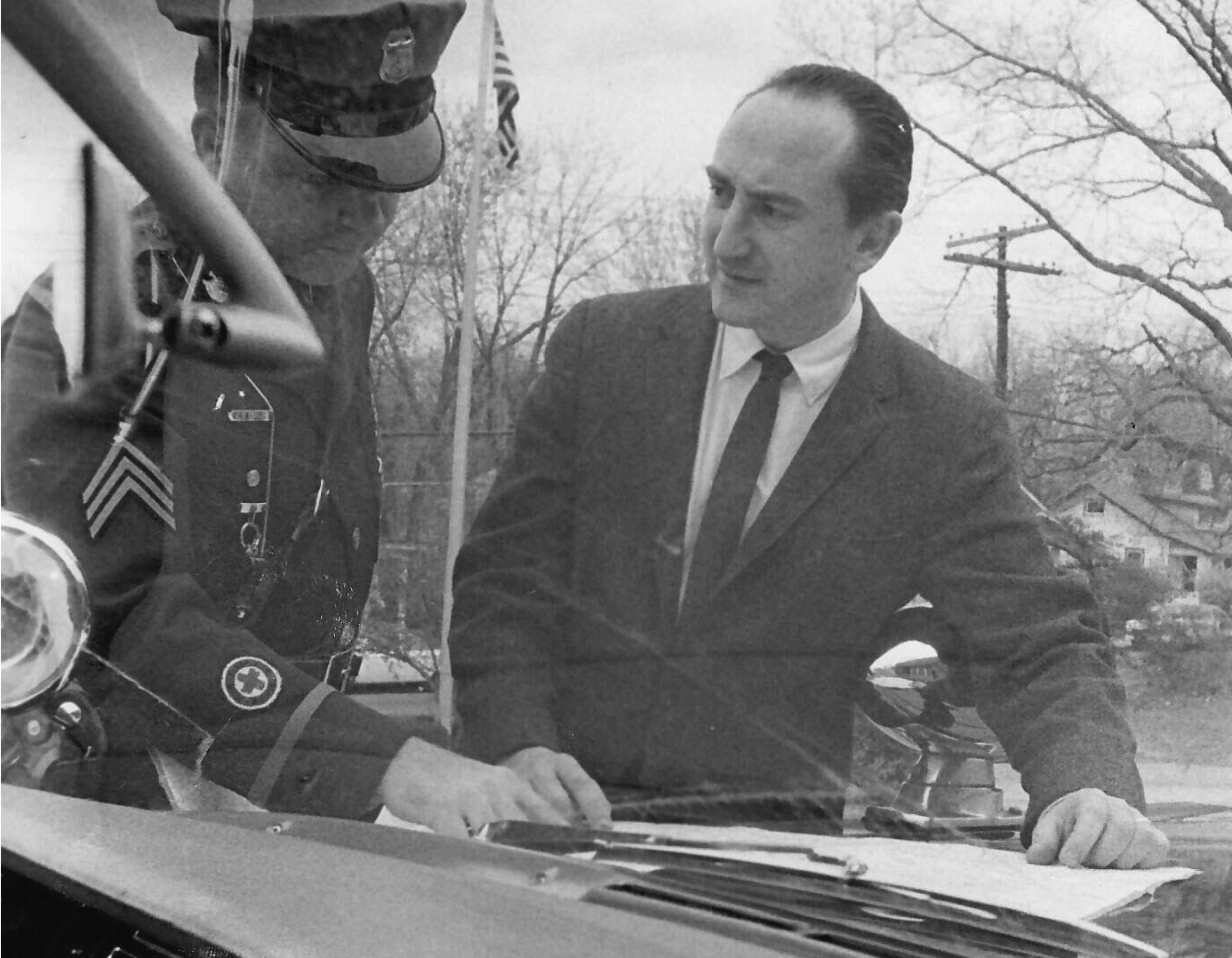





![Photo of Prof. Marvin Levich [philosophy 1953–94]](https://www.reed.edu/reed-magazine/in-memoriam/assets/images/2022/LTL-levich1.jpg)
![Photo of President Paul E. Bragdon [1971–88]](https://www.reed.edu/reed-magazine/in-memoriam/assets/images/2020/Bragdon.jpg)
![Photo of Prof. Edward Barton Segel [history 1973–2011]](https://www.reed.edu/reed-magazine/in-memoriam/assets/images/2020/Segel.jpg)
